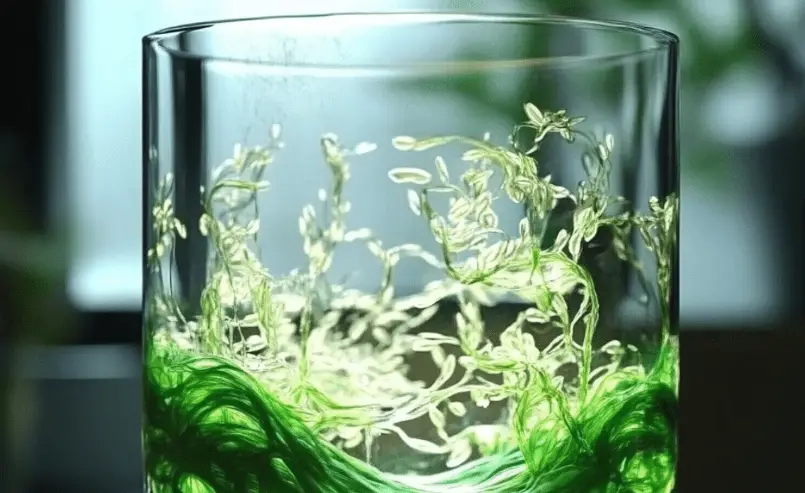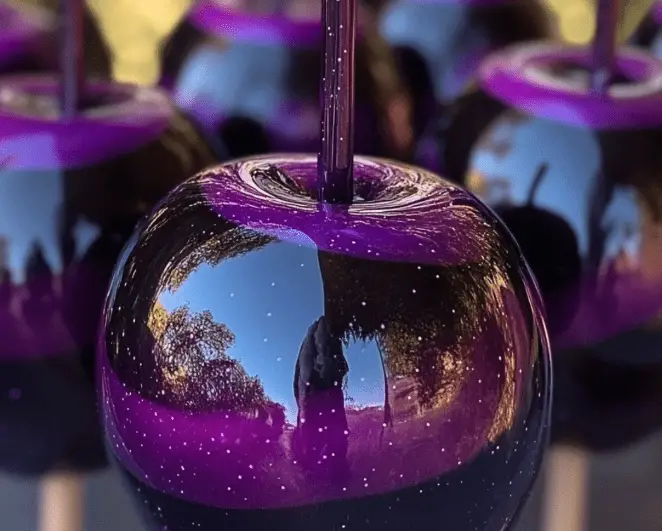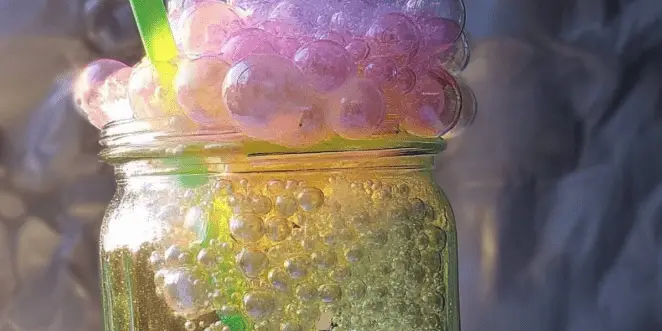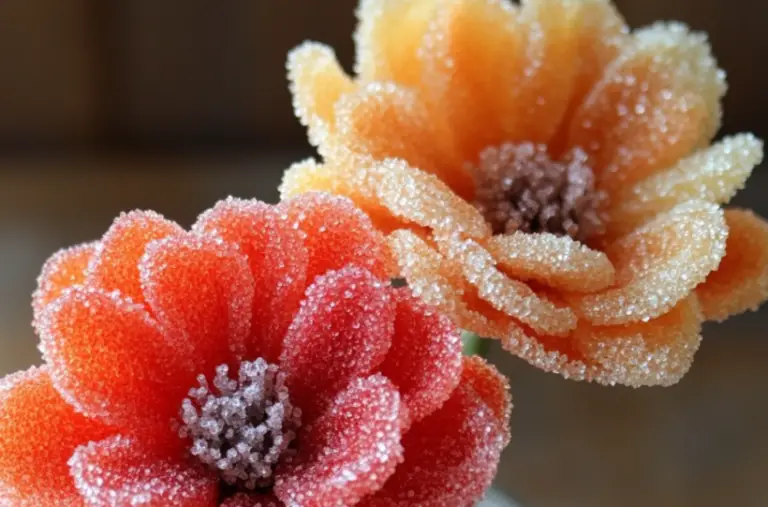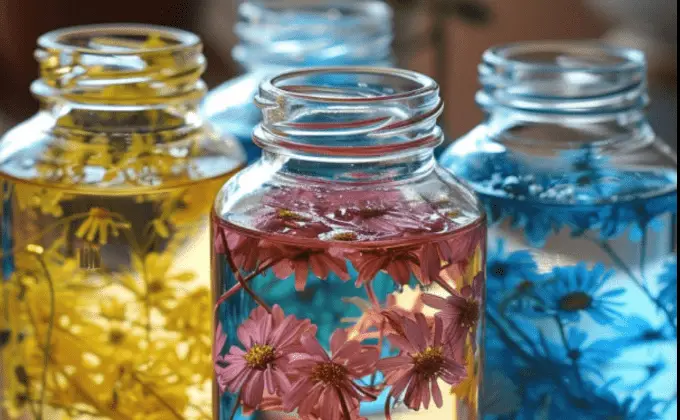Dancing Rice Experiment2: A Fun and Educational DIY Science Activity for Kids
Presentation
Looking for an engaging and educational activity to captivate your child’s curiosity? The Dancing Rice Experiment is a simple yet fascinating science project that combines common household items to demonstrate chemical reactions in action. By mixing baking soda and vinegar, you create carbon dioxide gas that causes rice grains to rise and fall in water, appearing to “dance.” This experiment not only entertains but also introduces basic scientific concepts in a hands-on manner.
Table of Contents
Ingredients
- Clear container
- 1 cup of water
- 1 teaspoon of baking soda
- 1 tablespoon of vinegar
- A handful of uncooked rice
- Spoon
- Food coloring (optional)
Instructions
- Pour 1 cup of water into the clear container.
- Stir in 1 teaspoon of baking soda until it completely dissolves.
- Add a handful of uncooked rice to the mixture.
- Gently pour in 1 tablespoon of vinegar and observe the reaction.
- Watch as the rice begins to move up and down in the container.
- To prolong the effect, add more vinegar or baking soda as needed.
- For added visual appeal, incorporate a few drops of food coloring.
Benefits of This Craft
The Dancing Rice Experiment offers multiple educational and developmental benefits:
- Scientific Understanding: Demonstrates chemical reactions and gas production.
- Sensory Engagement: Visual and tactile stimulation through observation and interaction.
- Fine Motor Skills: Pouring and stirring enhance hand-eye coordination.
- Critical Thinking: Encourages hypothesis formation and observation of outcomes.
- Creativity: Adding colors or varying ingredients fosters experimentation.
Tips
To enhance your Dancing Rice Experiment:
- Use Instant Rice: It is lighter and reacts more effectively.
- Adjust Quantities: Experiment with different amounts of baking soda and vinegar to observe varying reactions.
- Incorporate Music: Play upbeat tunes to make the rice’s movement more entertaining.
- Group Activity: Conduct the experiment in a group setting to encourage collaborative learning.
- Document Observations: Have children draw or write about what they see to reinforce learning.
What Taste Look Like?
While the Dancing Rice Experiment is not intended for consumption, the visual appeal is notable. The rice appears to dance gracefully within the container, creating a mesmerizing effect. If food coloring is added, the water takes on vibrant hues, enhancing the spectacle. The movement is rhythmic and can be likened to a choreographed dance, captivating viewers of all ages.
How to Store
Since this experiment involves perishable items and chemical reactions, it is best conducted and observed in a single session. However, if you wish to preserve the setup temporarily:
- Short-Term Storage: Cover the container with a lid or plastic wrap and refrigerate for up to 24 hours.
- Reactivation: Upon removal from the refrigerator, allow the mixture to reach room temperature and add a small amount of vinegar to reactivate the dancing effect.
- Disposal: After completion, dispose of the mixture responsibly by pouring it down the drain with plenty of water.
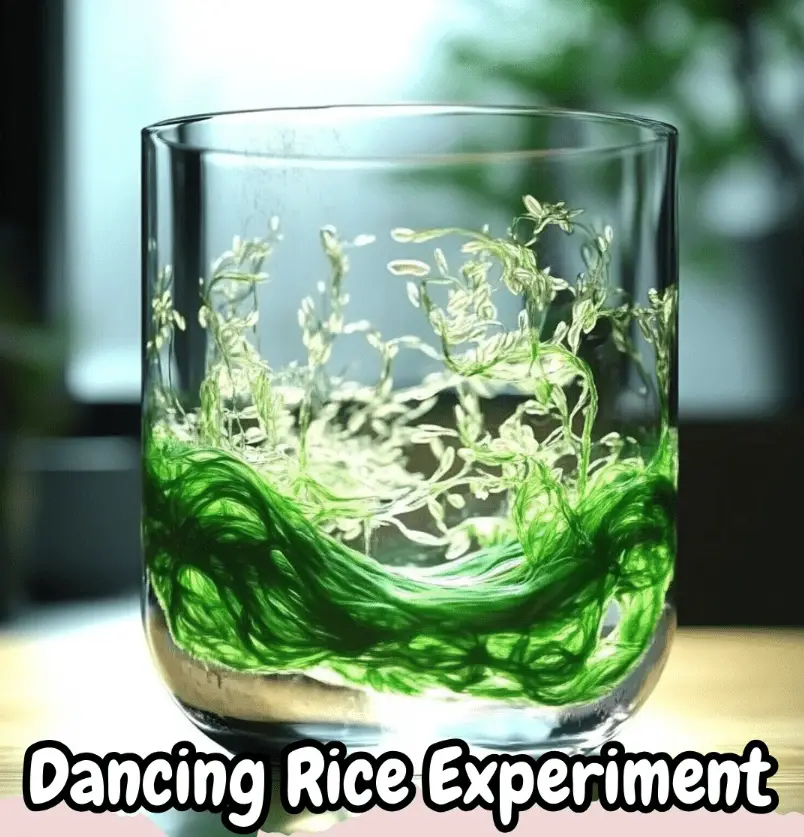
The Dancing Rice Experiment is an excellent way to introduce children to basic scientific principles through interactive play. It combines education and entertainment, making it a valuable addition to any learning environment. By observing the reaction and discussing the science behind it, children develop a deeper understanding and appreciation for chemistry. For more engaging activities like this, explore More DIY craft ideas.
FAQ
Can I use brown rice instead of white rice?
Yes, but white rice, especially instant rice, tends to be lighter and reacts more effectively in this experiment.
Why isn’t my rice dancing?
Ensure that the baking soda is fully dissolved, and the vinegar is fresh. Also, verify that the rice is not too heavy; instant rice works best.
Is this experiment safe for young children?
Yes, with adult supervision. All ingredients are non-toxic, but it’s important to prevent ingestion and ensure safe handling.
Can I reuse the mixture for another session?
It’s best to prepare a fresh mixture for each session to observe the most vigorous reactions.
What educational concepts does this experiment teach?
It introduces chemical reactions, gas production, buoyancy, and the scientific method through observation and hypothesis testing.

